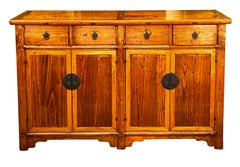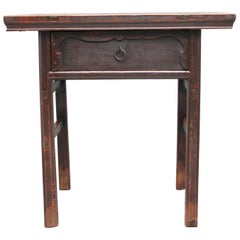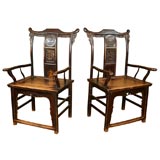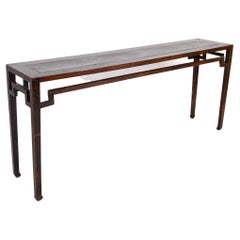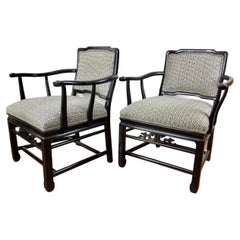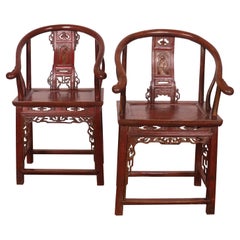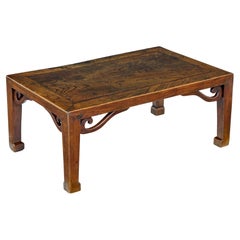Antique Chinese Elm
Early 20th Century Chinese Ming Antique Chinese Elm
Elm
1880s Chinese Antique Chinese Elm
Elm
19th Century Chinese Antique Chinese Elm
Elm
Mid-19th Century Chinese Qing Antique Chinese Elm
Iron
18th Century Chinese Antique Chinese Elm
Elm
Early 20th Century Chinese Chinese Chippendale Antique Chinese Elm
Elm
19th Century Chinese Antique Chinese Elm
Elm
19th Century Chinese Ming Antique Chinese Elm
Elm
Mid-19th Century Chinese Qing Antique Chinese Elm
Elm
Mid-19th Century English Chinese Export Antique Chinese Elm
Elm
Mid-19th Century Chinese Export Antique Chinese Elm
Elm
Early 20th Century Chinese Chinese Export Antique Chinese Elm
Wood, Elm
1920s Chinese Export Antique Chinese Elm
Marble
19th Century Chinese Qing Antique Chinese Elm
Elm
19th Century Chinese Qing Antique Chinese Elm
Elm
Late 19th Century Chinese Chinese Export Antique Chinese Elm
Elm
Early 20th Century Chinese Chinese Export Antique Chinese Elm
Elm
Early 20th Century Chinese Antique Chinese Elm
Elm
19th Century Chinese Qing Antique Chinese Elm
Elm
Early 20th Century Chinese Rustic Antique Chinese Elm
Elm
19th Century Chinese Qing Antique Chinese Elm
Bronze
Early 20th Century Chinese Antique Chinese Elm
Hardwood, Elm
19th Century Antique Chinese Elm
Elm
19th Century Chinese Antique Chinese Elm
Wood, Paint
Late 18th Century Chinese Qing Antique Chinese Elm
Elm
Early 20th Century Chinese Organic Modern Antique Chinese Elm
Elm
Early 20th Century Chinese Rustic Antique Chinese Elm
Wood, Elm
Late 19th Century Chinese Ming Antique Chinese Elm
Elm
18th Century Chinese Qing Antique Chinese Elm
Elm
Early 20th Century Rustic Antique Chinese Elm
Elm
Late 17th Century Chinese Qing Antique Chinese Elm
Elm
Mid-19th Century Chinese Chinese Export Antique Chinese Elm
Elm
Early 20th Century Chinese Other Antique Chinese Elm
Elm
Early 20th Century Chinese Other Antique Chinese Elm
Elm
Early 20th Century Chinese Other Antique Chinese Elm
Wood, Elm
Late 19th Century Chinese Antique Chinese Elm
Elm
Early 20th Century Chinese Qing Antique Chinese Elm
Wood
Mid-19th Century Chinese Chinese Export Antique Chinese Elm
Elm
19th Century Antique Chinese Elm
Elm
19th Century Chinese Qing Antique Chinese Elm
Elm
19th Century Chinese Qing Antique Chinese Elm
Elm
18th Century Chinese Antique Chinese Elm
Elm
Early 20th Century Chinese Chinese Export Antique Chinese Elm
Elm
19th Century Chinese Qing Antique Chinese Elm
Elm
Early 20th Century Chinese Other Antique Chinese Elm
Wood, Elm
19th Century Chinese Qing Antique Chinese Elm
Elm
Early 20th Century Chinese Rustic Antique Chinese Elm
Elm
Early 20th Century Chinese Qing Antique Chinese Elm
Elm
19th Century Chinese Ming Antique Chinese Elm
Elm
1910s Chinese Ming Antique Chinese Elm
Elm
Early 20th Century Chinese Art Deco Antique Chinese Elm
Elm
Early 20th Century Chinese Antique Chinese Elm
Elm
Early 20th Century Chinese Chinese Export Antique Chinese Elm
Elm
Mid-19th Century Chinese Qing Antique Chinese Elm
Elm
Late 19th Century Chinese Qing Antique Chinese Elm
Hardwood, Elm
Mid-19th Century Asian Ming Antique Chinese Elm
Elm
19th Century Chinese Ming Antique Chinese Elm
Elm
19th Century Chinese Rustic Antique Chinese Elm
Wood
19th Century Antique Chinese Elm
Elm, Lacquer
19th Century Chinese Qing Antique Chinese Elm
Elm
- 1
- ...
Antique Chinese Elm For Sale on 1stDibs
How Much is a Antique Chinese Elm?
- Is Chinese elm a hardwood?1 Answer1stDibs ExpertFebruary 22, 2021The Chinese elm (Ulmus parvifolia) is a hardwood, and it grows in hardiness zones 5b through 10a. Hardiness zones are ranges of climatic conditions in every part of the U.S.
- How hard is Chinese elm?1 Answer1stDibs ExpertApril 5, 2022Elm wood features a ranking of 830 on the Janka Hardness scale. Chinese elm is known to be the hardest variety of elm, and is often used for the handles of tools and sporting gear. Shop an array of Chinese elm wood pieces on 1stDibs.
 PAGODA REDOctober 7, 2020
PAGODA REDOctober 7, 2020To determine the age of a Chinese furniture piece, look carefully at the joinery and finish. Natural expansion and contraction of the wood over time will cause a joint to protrude or retract, distorting a once-seamless fit. Antique lacquer finishes become crackled and worn over time. Areas of exposed wood, such as the underside of a table, the footrest of a chair, or the back of a cabinet should appear raw and dry compared to the finished surface. With use, the legs of tables and chairs become weathered near the bottom from precipitation and use.
 Lotus GallerySeptember 23, 2020
Lotus GallerySeptember 23, 2020The best way to know is to take it to an expert, such as an appraiser, reputable dealer or auction house, or museum
- 1stDibs ExpertNovember 4, 2024To identify antique Chinese furniture, look carefully at its details. Chinese craftsmen often built furniture using mortise and tenon joinery, eliminating the need for nails and screws. If you see this type of hardware, your piece is likely not at least 100 years old, especially if the hardware still looks new and shiny. Since antique furniture was handmade, you will normally see slight imperfections, such as tool marks or slight variations in carvings. Pieces that appear completely uniform and pristine are less often genuine antiques.
When present, maker's marks can also be helpful. Research the marks to learn more about when the maker was active and producing pieces like yours. Alternatively, you can have a certified appraiser or experienced antique dealer evaluate your furniture for you.
Shop an assortment of antique Chinese furniture.
